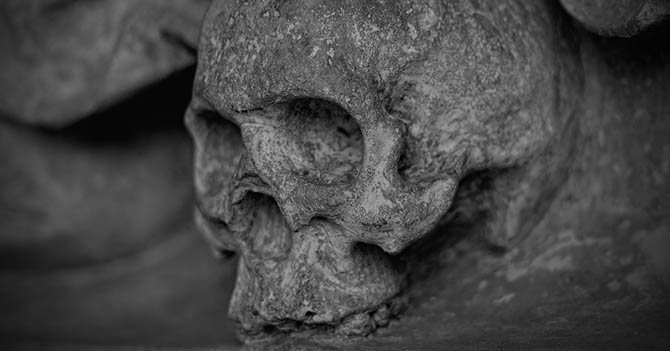The finding contributes to research on climate change and first inhabitants of America
During the exploration of the Great Maya Aquifer, the explorers and archaeologists have made important discoveries, some of the most noteworthy ones are fossilized remains of megafauna, a prehispanic Maya altar in pristine conditions and the skull of a man over 10 thousand years old.
![]()
The three findings were made during the first six months of the research and they were located within a 50 kilometer radius of the Maya zone comprising the communities of Muyil, Tulum and Chumpon in the state of Quintana Roo.
The project director, Guillermo de Anda Alanís, explained that “we would be facing a unique discovery regarding the archaeology pertaining to the first inhabitants of the area.”
![]()
When the explorers found the cranium, it was covered in hardened mineral substance, which would indicate that when the individual died, the water level in the cavern was rather low, for the layer was formed due to constant water dripping that must have lasted for centuries.
Both this skull as the remains of Naia will help the archaeologists to correlate the timeline following the occupation of the first humans in the Yucatan Peninsula, with the help of some geological events of the formation of these systems.
![]()
As for the Maya altar, it was identified as belonging to the early postclassic period (900-1200 AD) and it is one of the best preserved ones so far, because it still keeps most part of its original facing.
The underwater explorer and member of the GAM Project, Robert Schmittner, identified low reliefs of anthropomorphic figures, as well as zoomorphic and some abstract. At this spot they also found a fragment of stalagmite, placed as an offering, due to the fact that the ancient Maya associated these formations with fertility.
![]()
At the cave, of which a digital model is made based on scanning and photogrammetry works, they also registered diverse ceramic offerings and architectonic modifications, like walls and stone paths.
In addition to all these exciting discoveries, the third finding corresponds to the jaw of a gomphothere, which lived in the last period of the ice age and still maintains five dental pieces.
![]()
The research involved the participation of the Instituto Nacional de Antropología e Historia (INAH), the Banco de Desarrollo para América Latina, the Aspen Institute México, the Universidad Tecnológica de la Riviera Maya, the National Geographic Society and the Tecnológico Superior de Felipe Carrillo Puerto.


